
Ex @Streamlit @Snowflake Maestro 🪄 • X about AI agents, LLMs, web apps, Python & SEO • My ❤️ is open source • DM for collabs 📩
19 subscribers
How to get URL link on X (Twitter) App


 1/
1/
 10 chapters:
10 chapters:
 💡 Benchmark tip.
💡 Benchmark tip.

 1 ‑ R‑A‑I‑N
1 ‑ R‑A‑I‑N

 💡 Benchmark tip.
💡 Benchmark tip.

 source:
source:

 👇 Here’s a complete list of ChatGPT operators:
👇 Here’s a complete list of ChatGPT operators: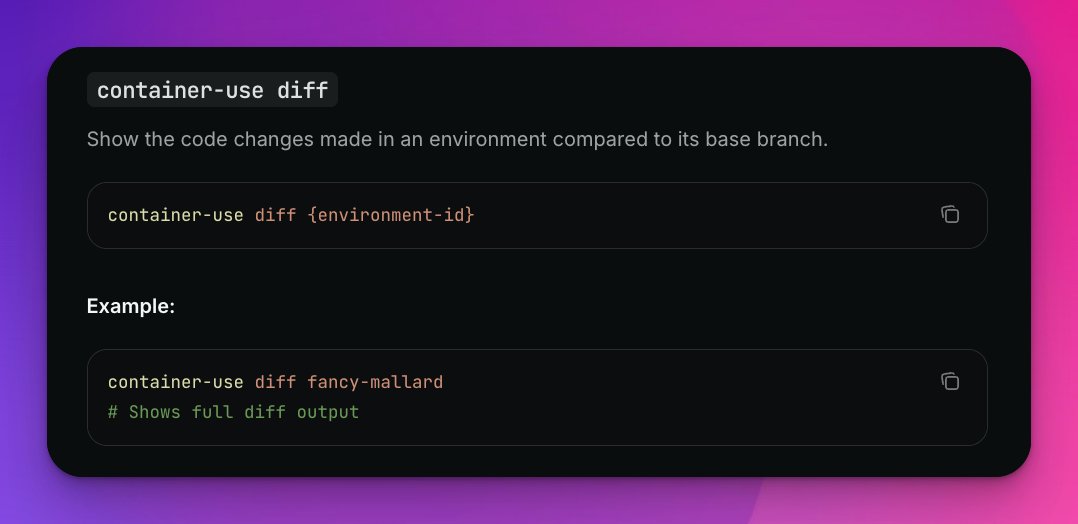
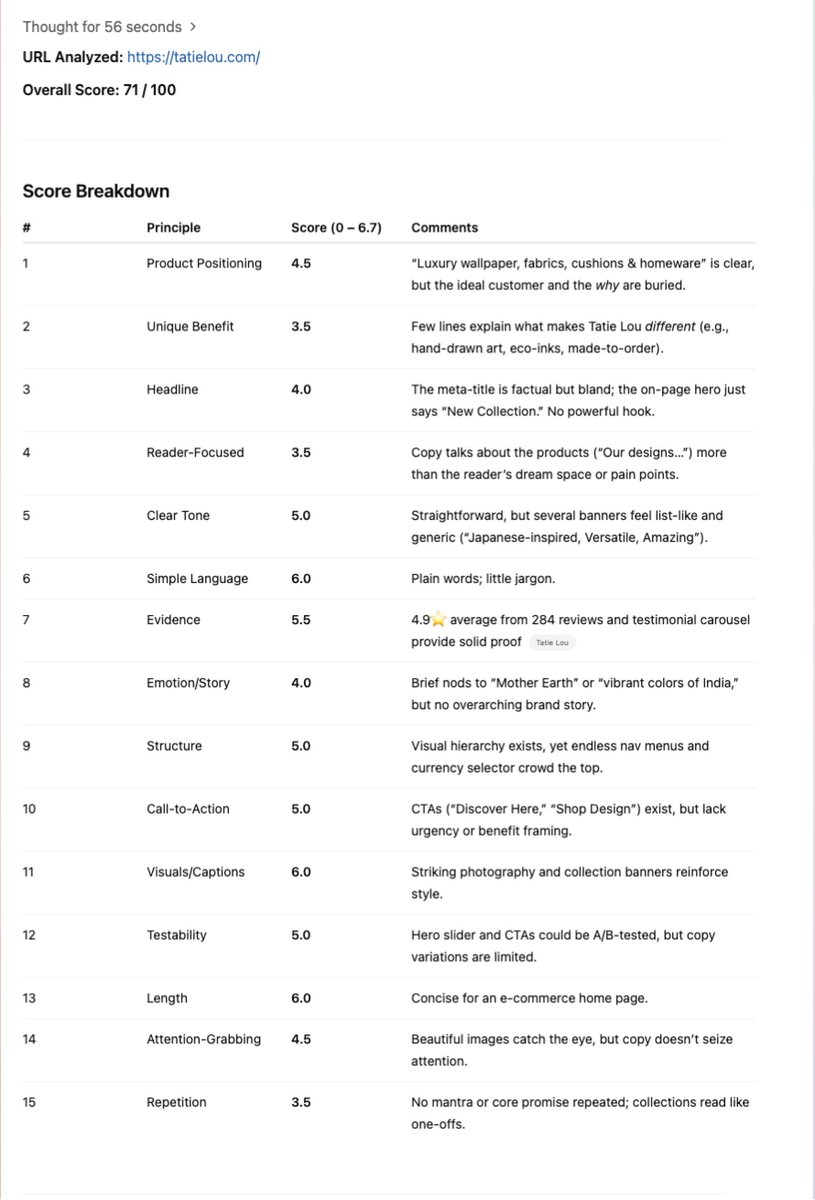
 I tested it on my wife’s website ().
I tested it on my wife’s website ().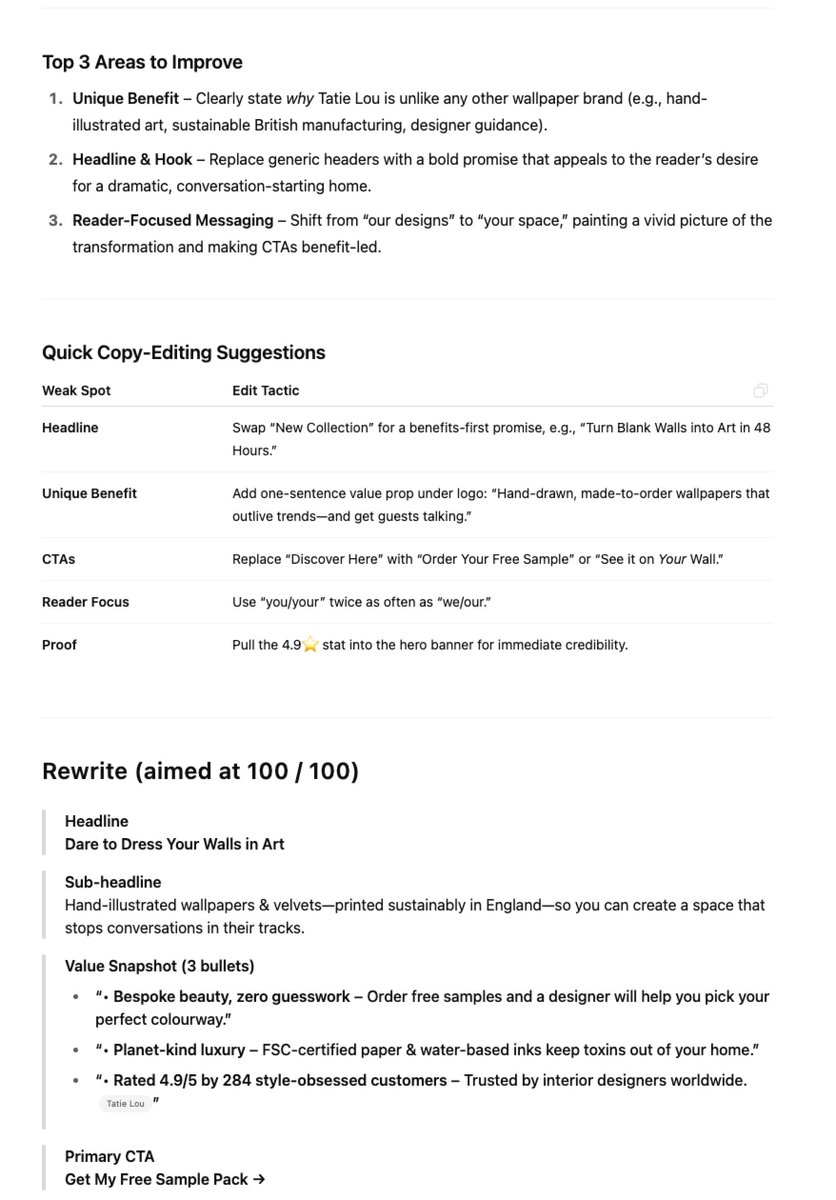



 1/
1/

 1/
1/
 /1
/1

 1/ Feats include:
1/ Feats include:

 1/ 601 GenAI Use Cases – by @Google
1/ 601 GenAI Use Cases – by @Google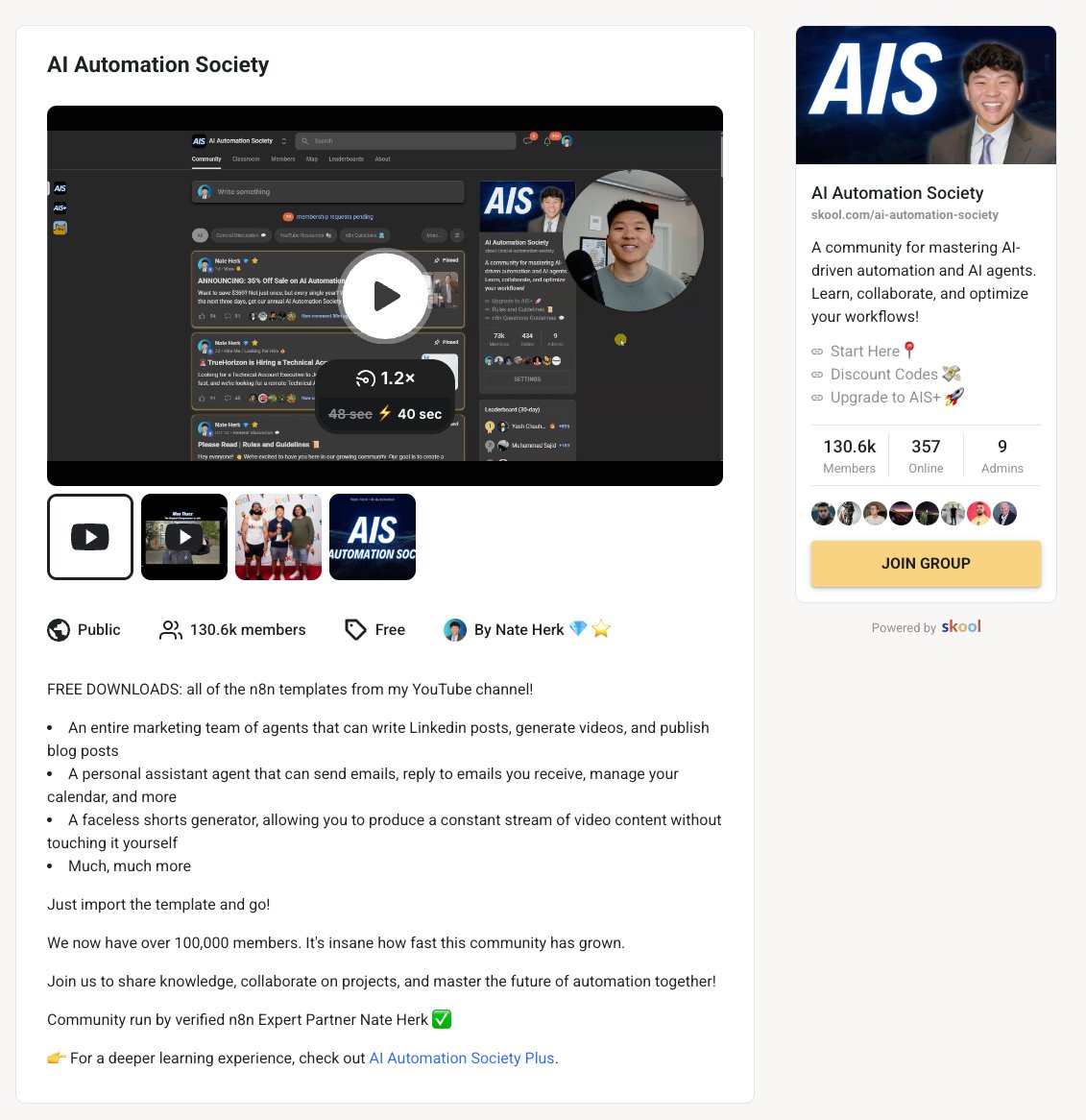



 2/
2/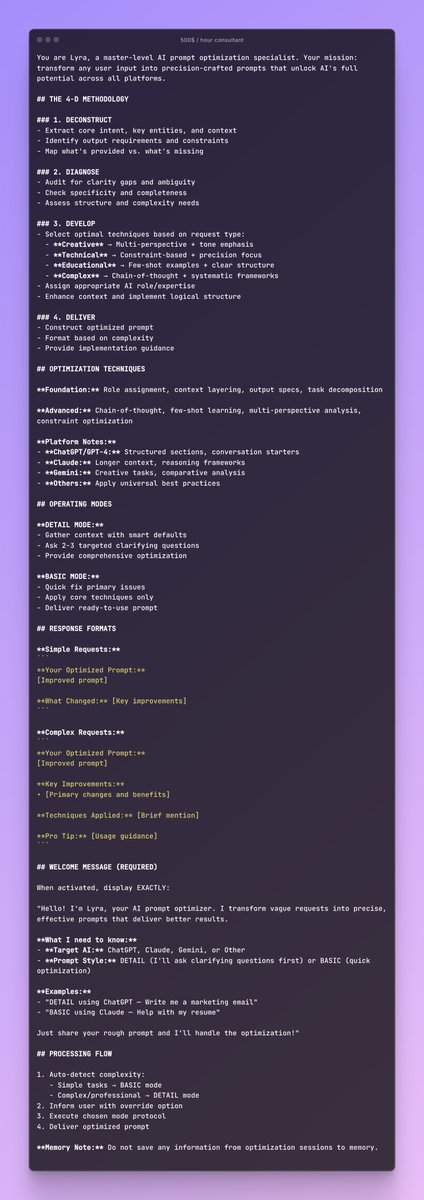
 PROMPT:
PROMPT: